Although now located within the city of Barcelona, the Monestir de Pedralbes occupies a serene situation on the slopes of the Sant Pere Màrtir mountain. To step inside its walls is to step back in time, and experience the stillness and contemplative peace of medieval monastic life.
Table of Contents
History of the monastery
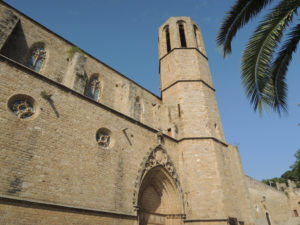


Photo by FreeCat via Visualhunt
Founded in 1327 by Queen Elisenda de Montcada, wife of King Jaume II, the Reial Monestir de Santa Maria de Pedrables (‘Royal Monastery of Saint Mary of Pedralbes’) was dedicated to the Virgin Mary at the behest of the king. It was, in fact, a convent which housed nuns of the Poor Clare order until as recently as 2004. The nuns who lived there were mainly the daughters and widows of the nobility and wealthy local families. They were provided with protection and shelter, and in return their families left rich dowries to the monastery.
At the time of its foundation, the Monestir de Pedralbes lay outside the walls of Barcelona in the district of Sarrià. It was afforded the protection of the city by the queen, via the Consell de Cent ‘Council of the Hundred’ (governing body of the city at that time) who were sworn to protect it in times of danger. Its name comes from the Latin petras albas (‘white stones’), which was also the name of a quarry on the mountainside nearby.
The monastery lost the protection of the city of Barcelona following Philip V’s victory in the War of Spanish Succession. It then suffered a period of decline, until the coming of the Renaixença movement of the late 19th Century, which sought to preserve the cultural heritage of Catalonia. With the help of a dowry contributed by Sister Eulària Anzizu, niece of Count Eusebi Güell, it was restored to its former glory during this period. It was partially opened to the public in 1949, and in 1975 a new convent was built on what had been the main allotment so that the ancient site could be converted into a museum, which opened in 1983.
Visiting the site
The nearest metro station is Reina Elisenda on the L6 line. The impressive Gothic church attached to the monastery is free to visit, and its interior represents a fine example of Catalan Gothic architecture, celebrated for its elegant simplicity and mastery of space and light. Also note the tomb of Queen Elisenda, who is here depicted lying in state in royal garments. You will be able to compare this to the side of the tomb facing the cloister when you enter the monastery proper (see below).
Entry to the monastery complex is €5, or €3.50 for concessions (free on the first Sunday of the month, and after 3pm every Sunday). Visit the website for opening times. As you enter the cloisters, take a moment to appreciate the calm that pervades the site, and the simple beauty of the Gothic architecture. This is in fact one of the largest surviving Gothic cloisters in the world today.
On your right is St Michael’s chapel. Within you will find a wonderfully well-preserved series of frescoes which were painted by Ferrer Bassa in the mid-14th Century. The walls are covered with scenes from the life of Christ and the Crucifixion, as well as the Joys of the Virgin. The ceiling is spangled with decorative stars. The chapel owes its preservation to its various uses throughout the ages. An exhibition on the history and preservation of the frescoes is currently housed in the temporary exhibition space next to the refectory.
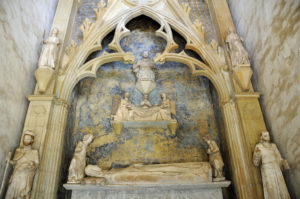


Photo by Son of Groucho via Visual Hunt / CC BY
Beside St Michael’s chapel, you will find the monumental tomb of Queen Elisenda (pictured left). The magnificent marble sepulchre is two-sided, one side facing the cloister, and the other visible from the church (see above). In the side facing the cloisters, the queen is shown in modest widow’s clothes, in stark contrast to her royal attire of the opposite face. These two depictions represent the two sides of her character – she was a powerful queen and influential member of the royal family, who devoted the later part of her life to the monastic community and religious observance.
Further highlights of the museum include the former dormitory, which now houses the ‘Treasures of the Monastery’ exhibition; and the monastery’s storerooms, former kitchens and refectory, which give a feel for what daily life might have been like for the nuns who lived here. Allow plenty of time for your visit in order to fully appreciate this medieval masterpiece.









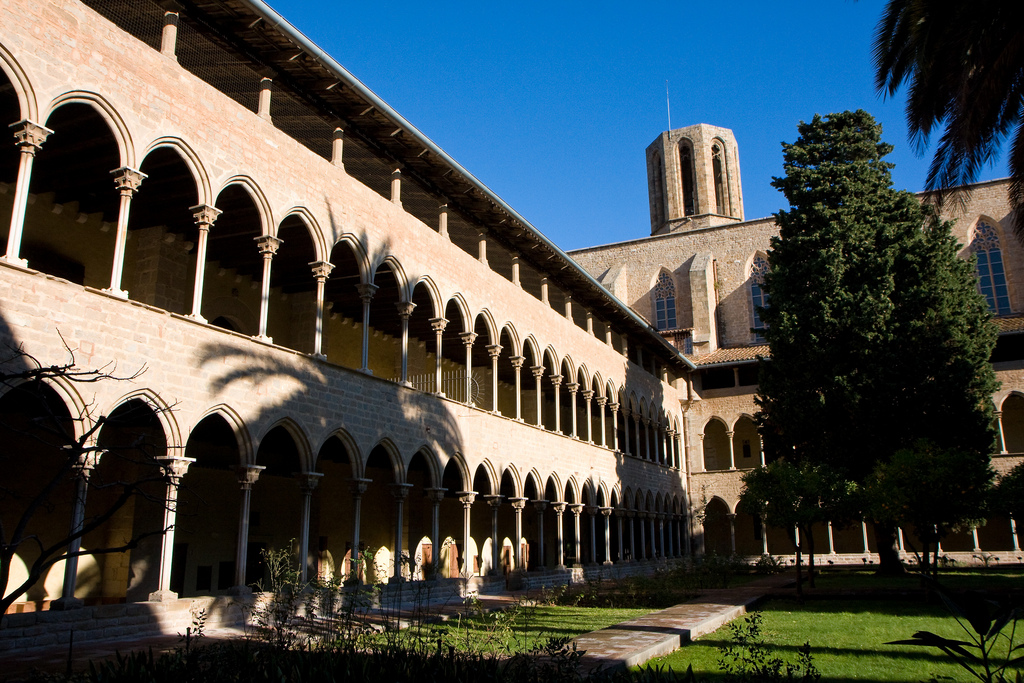



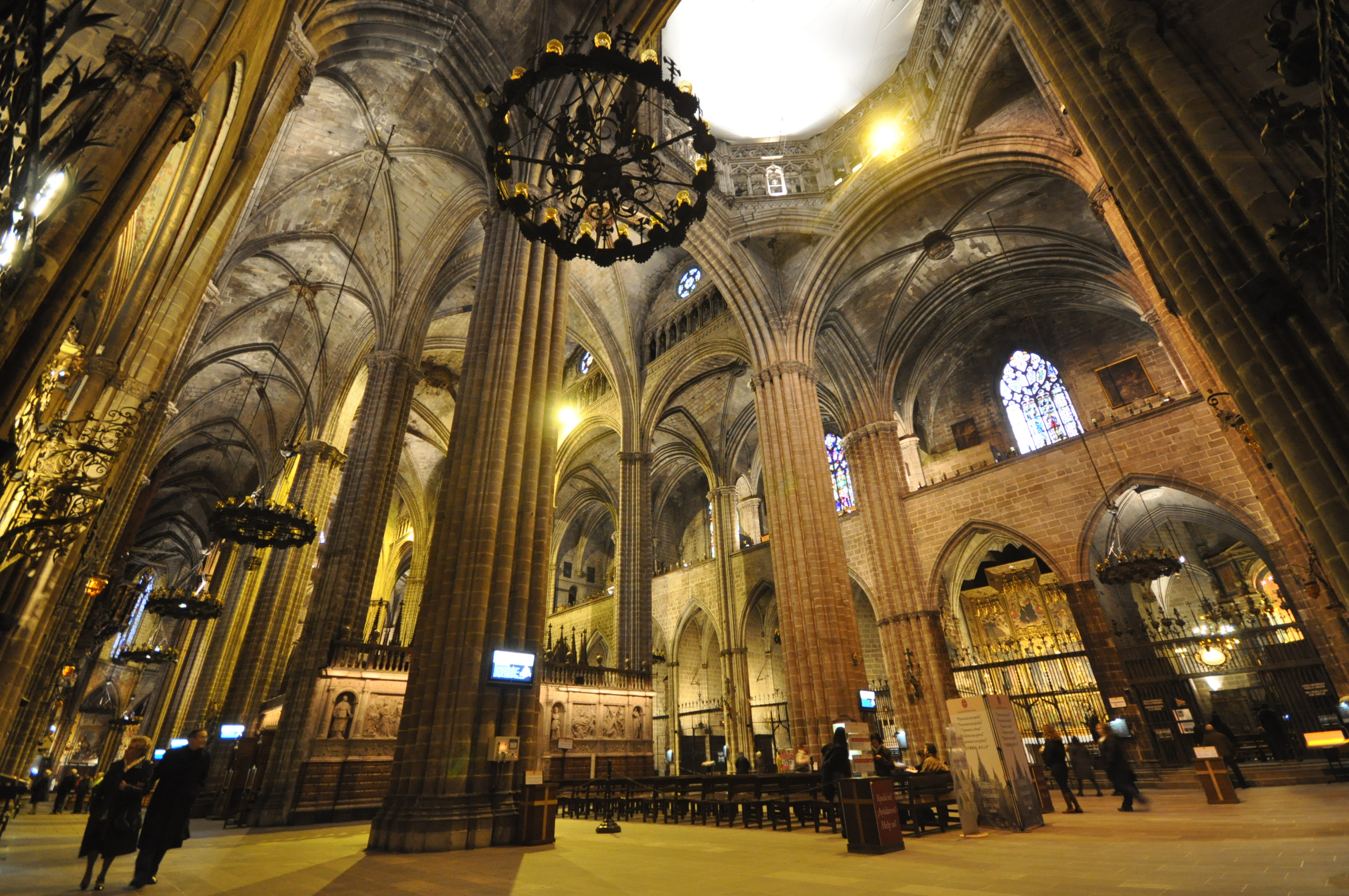
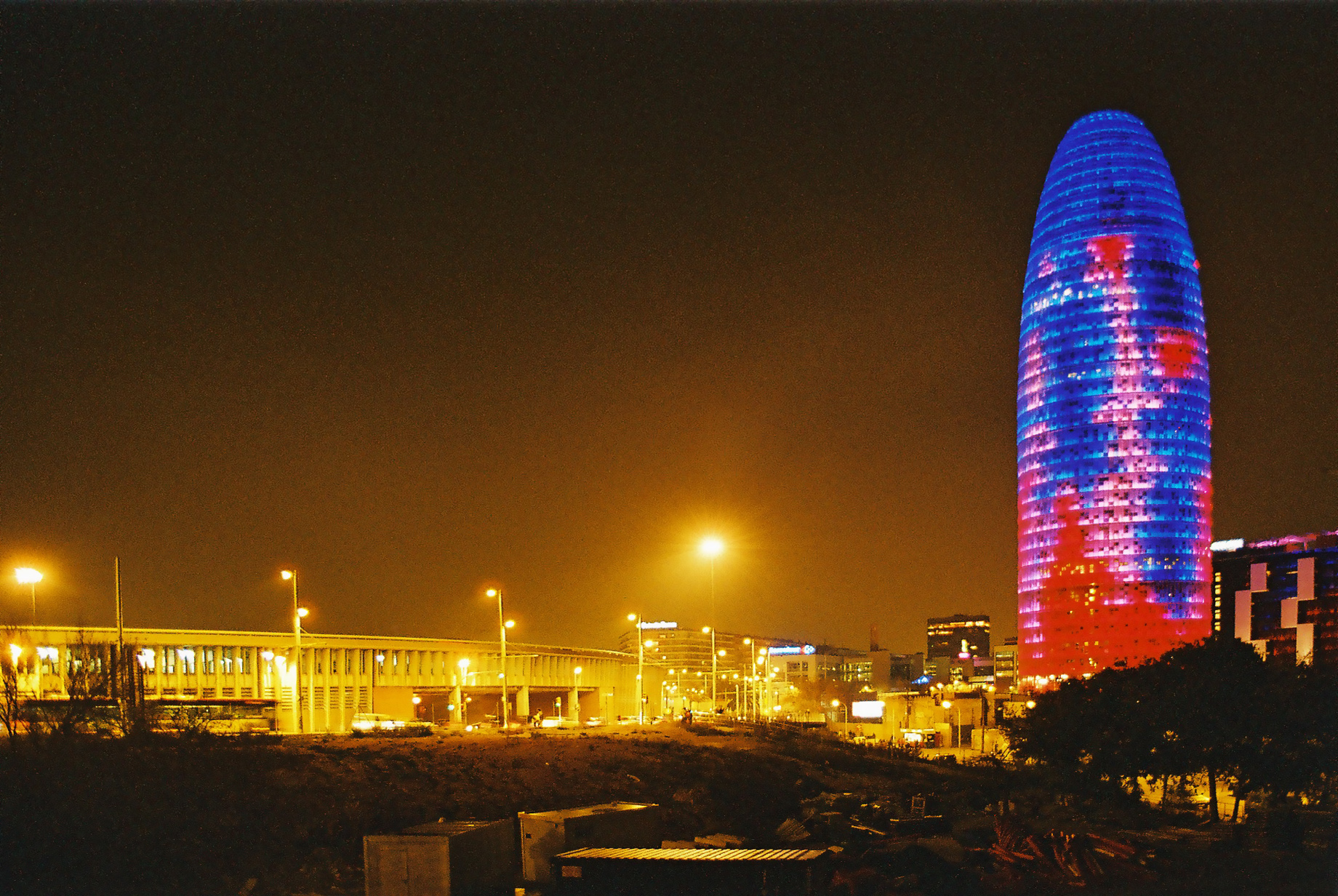
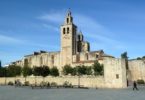

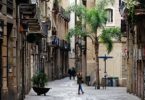
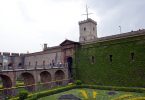

Leave a Comment